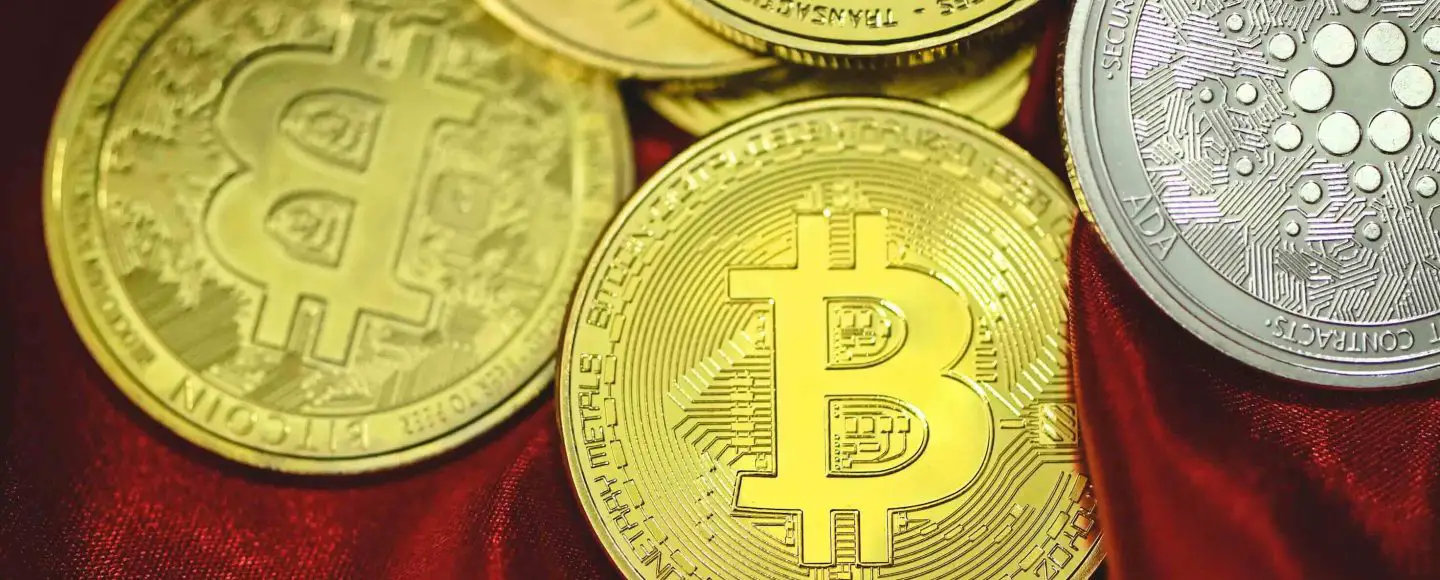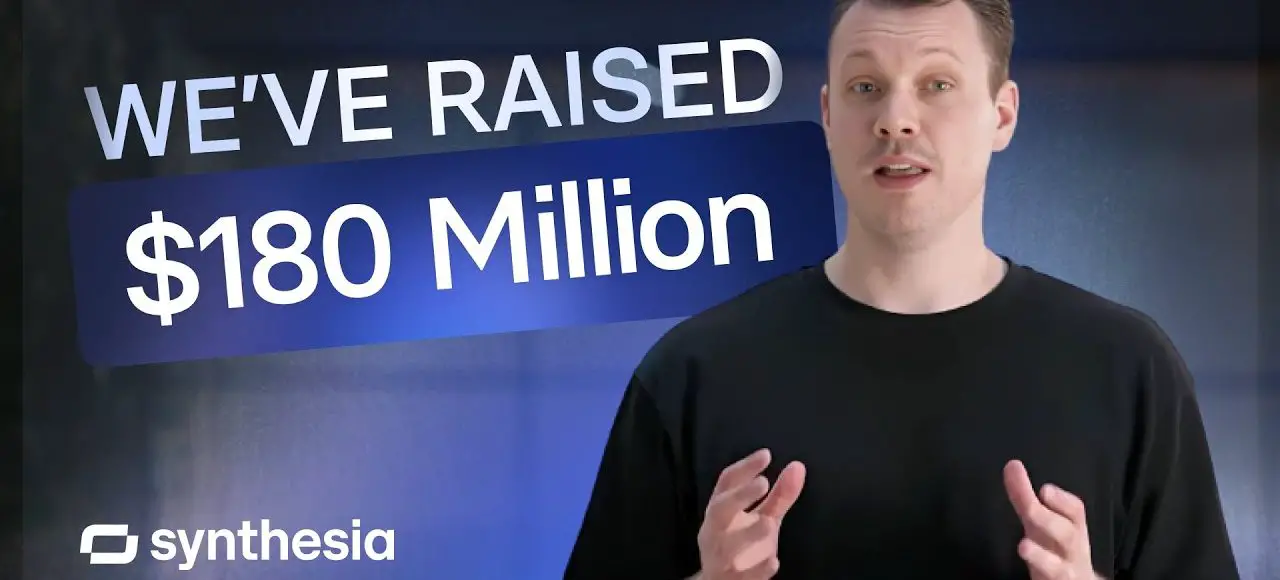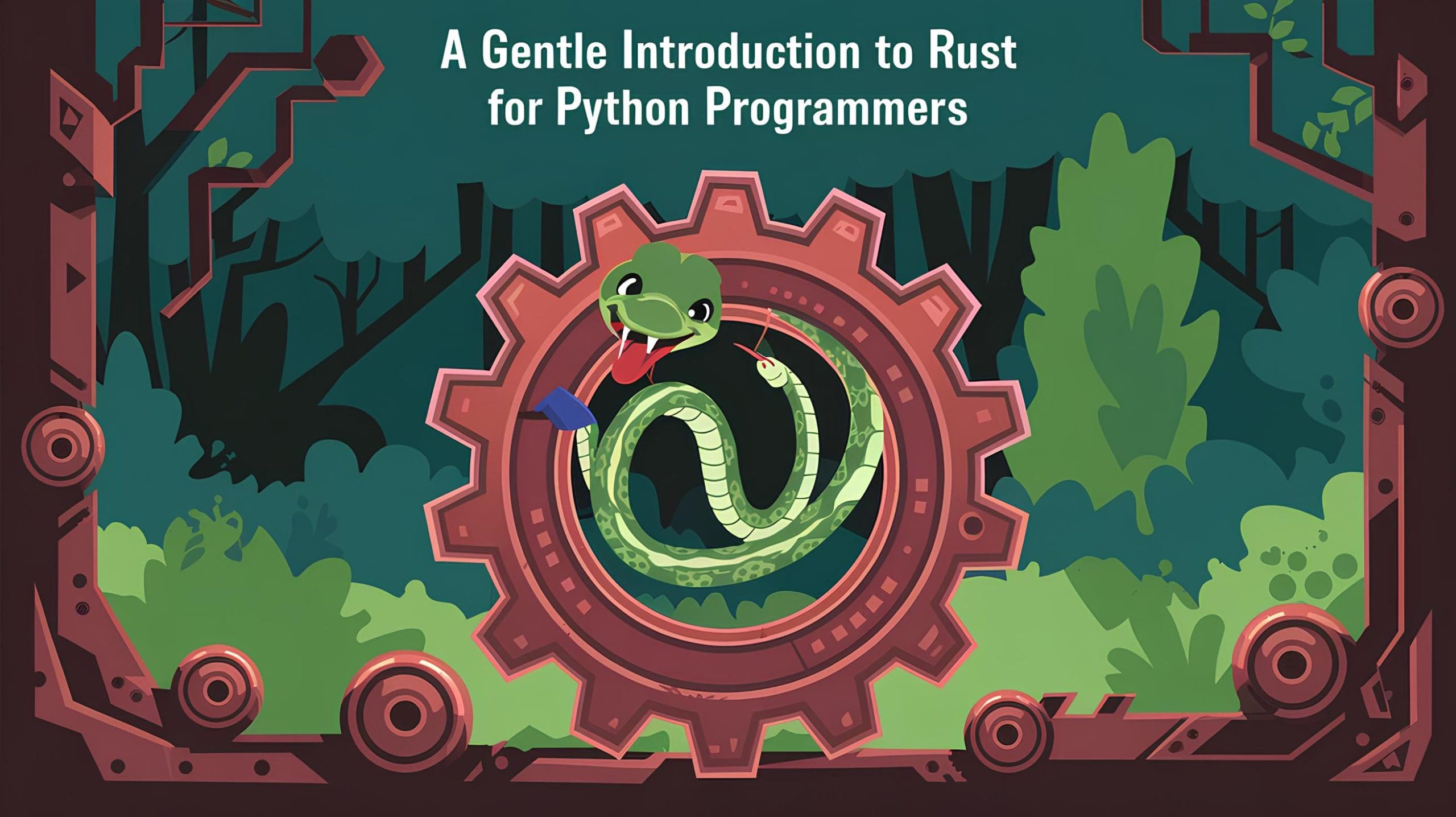Insights into media and public perceptions towards Australia’s clean energy future
While renewables like wind and solar are often framed as the future of energy, the renewables market faces many challenges in seeing that journey through, especially regarding Australia’s Paris climate agreements. The path to a clean energy future in Australia is fraught with disruptions and distractions, as media reports, and exploring the factors shaping media […] The post Insights into media and public perceptions towards Australia’s clean energy future appeared first on Isentia.

While renewables like wind and solar are often framed as the future of energy, the renewables market faces many challenges in seeing that journey through, especially regarding Australia’s Paris climate agreements. The path to a clean energy future in Australia is fraught with disruptions and distractions, as media reports, and exploring the factors shaping media coverage of energy alternatives and clean energy reveal a shifting understanding of renewable energy sources.
Peak media coverage of renewables centres on government actions seen as hindering clean energy progress. Stories like keeping Eraring operational, nuclear energy debates, and delays in environmental law reforms highlight a perception of indecision on ecological issues. While traditional media spikes around policy updates, social media discussions are steadily growing, reflecting increasing public engagement with Australia’s renewable energy transition. Analysing these trends reveals how media narratives shape and respond to audience perceptions in this evolving debate.
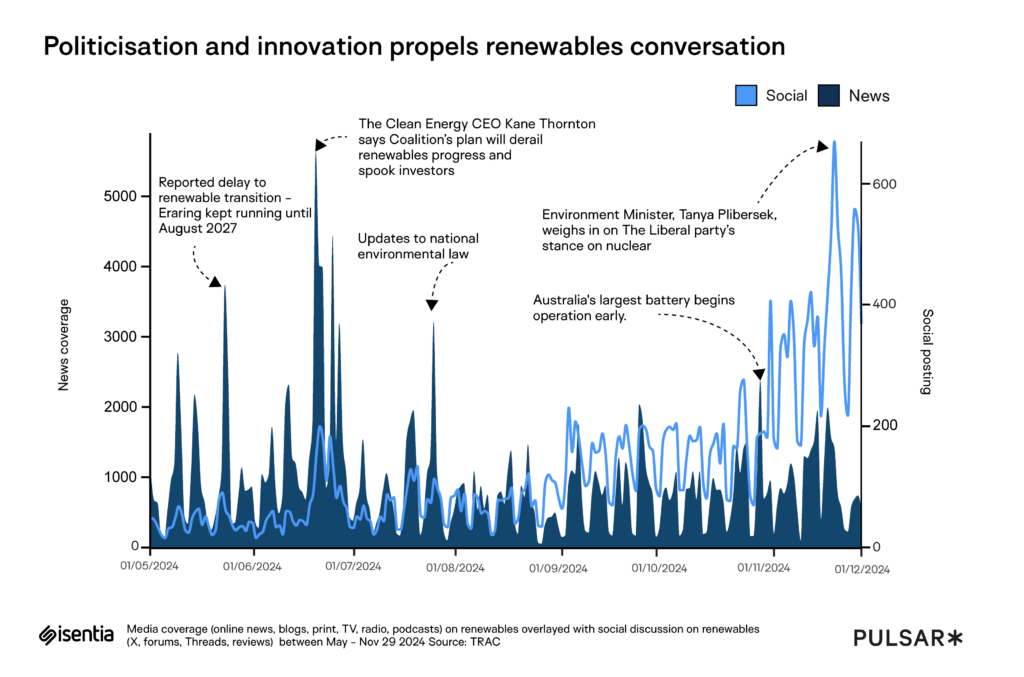
Renewable energy is widely hailed as a cleaner, cheaper, and more stable alternative to fossil fuels, but media and social discussions paint a more complex picture. Concerns about affordability and feasibility are growing, driven by economic shifts, supply chain issues, and the lingering effects of the 2022 energy crisis, which media attribute to cold snaps and the Russia-Ukraine conflict, all while Australia remains heavily reliant on coal and gas exports.
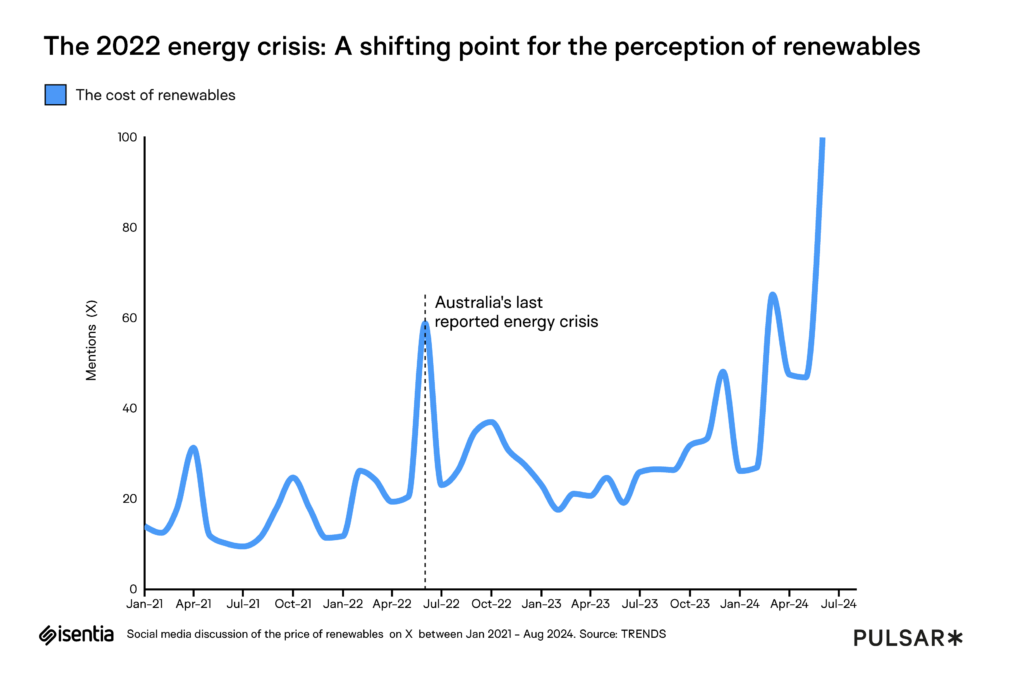
Topics like grid overload, the need for better battery subsidies, and the failure of taxpayer-funded rebates to support solar businesses dominate conversations. Meanwhile, wind farms face local opposition due to environmental and land use impacts, and debates over nuclear energy disrupt investment in solar and wind, further complicating Australia’s clean energy strategy.
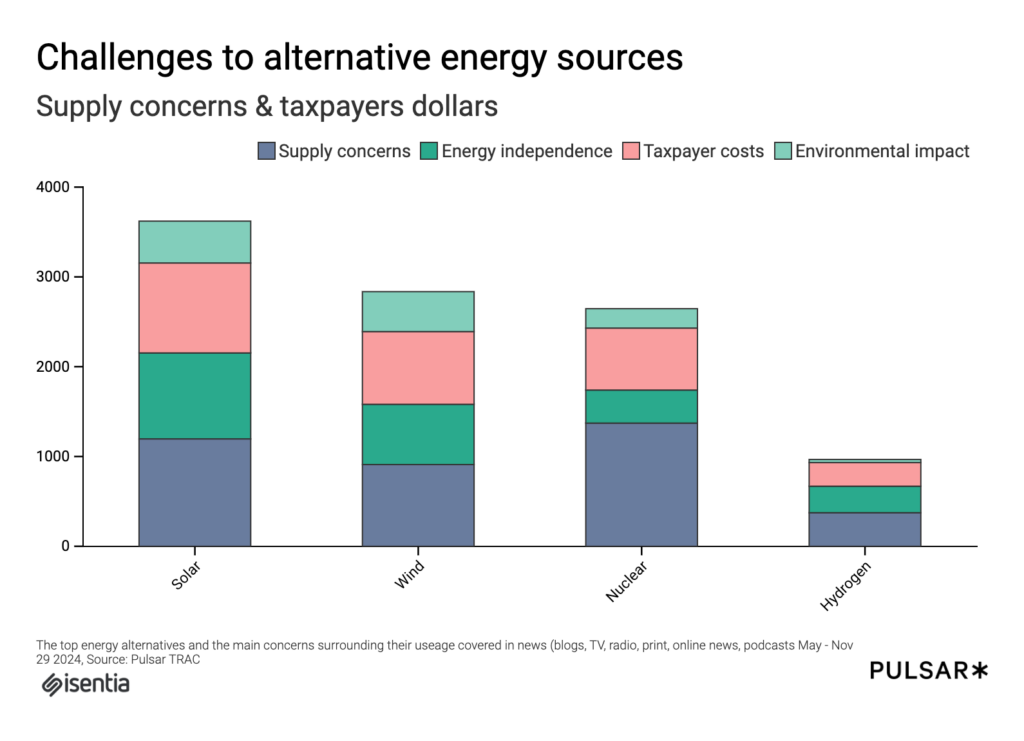
Nuclear energy’s potential introduction into Australia’s future energy mix has further unsettled renewables investors, with media highlighting concerns over its impact on wind and solar investments. For more context listen to our podcast interview with Pablos Holman, General Partner at Deep Future. Wind energy faces criticism for using taxpayer funds to benefit private companies, while hydrogen’s future is uncertain following high-profile project withdrawals by Fortescue and Origin. The media’s portrayal of these issues underscores ongoing public and industry doubts about Australia’s renewable transition and the role of nuclear in the energy debate.
Watch below the shifts in coverage of significant policies and strategies over time to understand why some strategies stay in the headlines while others peter out.
The Labor government’s flagship Future Made in Australia Bill is central to its energy vision and, in November, was passed to support a net-zero transition. The May budget highlighted turning Australia into a renewable energy superpower with dedicated funds for solar, battery, and hydrogen projects. However, the opposition has framed hydrogen and critical minerals tax breaks as “corporate welfare”. Over time, it looks like Labor’s Future Made in Australia Bill is at a tug of war for media attention against the opposition’s nuclear strategy. Australia’s energy future, however, is not wholly detached from fossil fuels. Labor’s Future Gas Strategy positions gas as a necessary transition fuel while being central to Australia’s energy and export sectors.
Climate activists criticise the Future Gas Strategy for extending Australia’s reliance on fossil fuels. Media critics call it another “broken promise” by the Albanese government, highlighting mismanagement that has negatively affected energy supply and costs. Though the “Future Made in Australia” narrative around energy security resonates with many, the government’s conflicting strategies raise questions about long-term benefits and who truly gains from its policies.
Australia’s shift to clean energy faces complex debates and conflicting government signals, from promoting renewables to considering nuclear power. Despite loud voices in the media advocating for taxpayers and businesses, deeper media analysis reveals multiple layers and motives behind their arguments.
The post Insights into media and public perceptions towards Australia’s clean energy future appeared first on Isentia.





